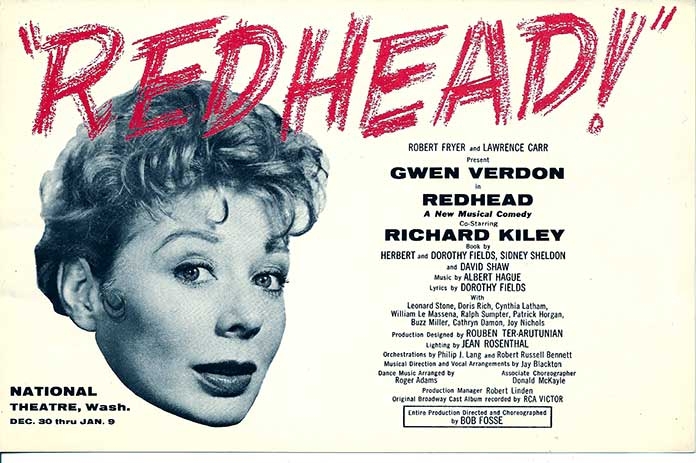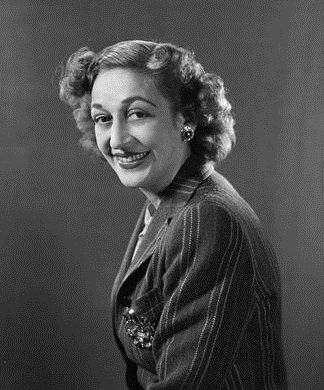Dorothy Fields did the lyrics to REDHEAD.
A photo of Dorothy Fields album cover for REDHEAD.
Date & Place:
Not specified or unknown.


 Amanda S. Stevenson
Amanda S. Stevenson 

